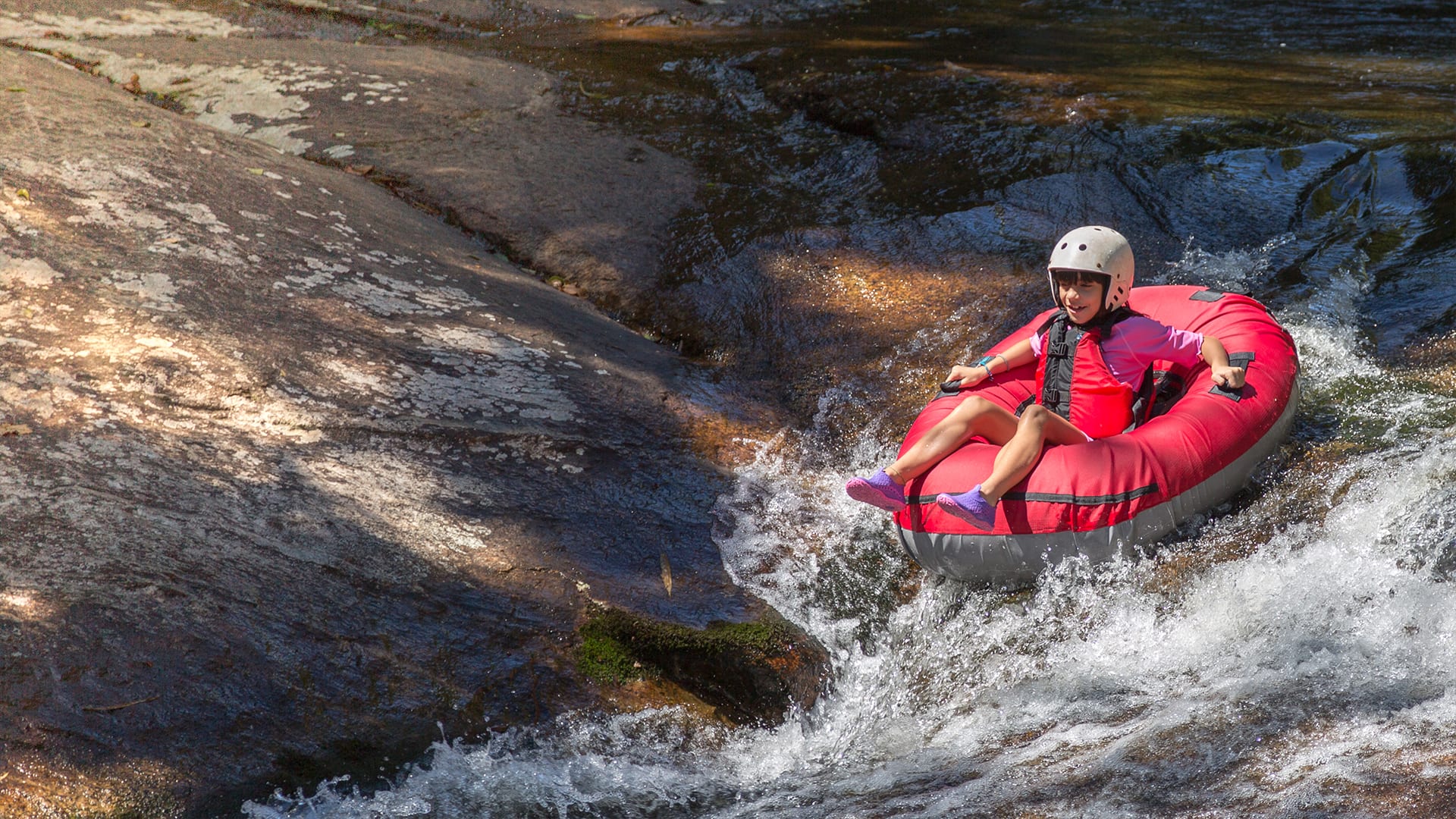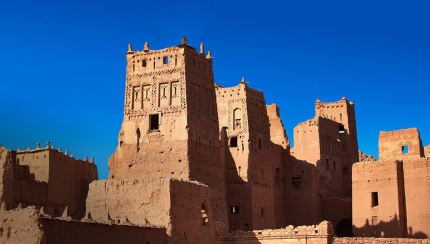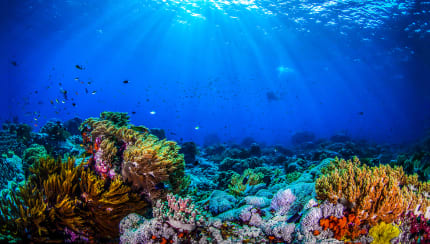We suggest students work in pairs. You will need access to water for this activity.
Prepare Dixie Cups
Divide your Dixie cups into three equal piles. Use a marker to write “A” on each cup in one pile, write “B” on each cup in the second pile, and write “C” on each cup in the third pile.
Add 2 teaspoons of cornmeal into each cup that is labeled “A.” This is a model for sandy soil.
Add 2 teaspoons of flour into each cup that is labeled “B.” This is a model for clay soil.
Add 1 teaspoon of flour and 1 teaspoon of cornmeal into each cup that is labeled “C.” Gently shake these cups to mix the cornmeal and flour together. This is a model for a mix of sand and clay soil.
Prepare Water Cups
Fill each Solo cup about a quarter full of water. Each pair of students will only need a few spoonfuls.
Teacher Tip
Making a mud model is very fun, but it can also be distracting! We recommend waiting to distribute the cups of water and spoons until Step 5 of the activity, after students have explored the dry soil models.












